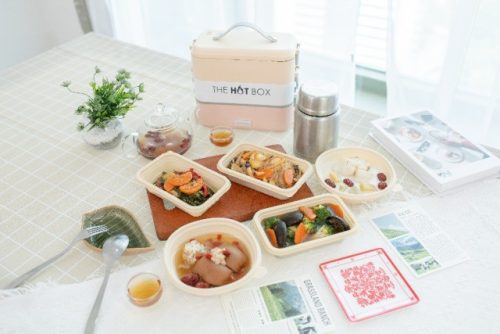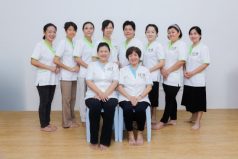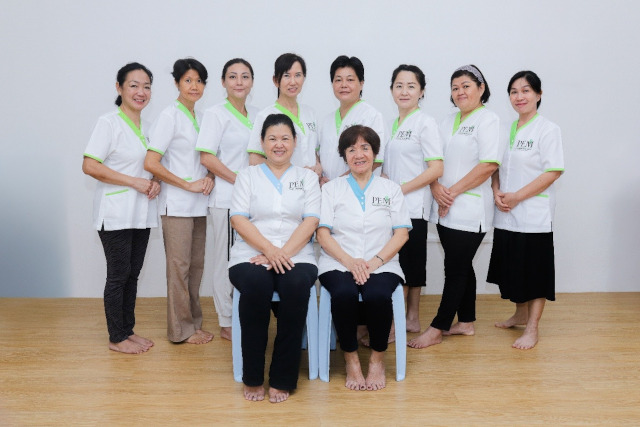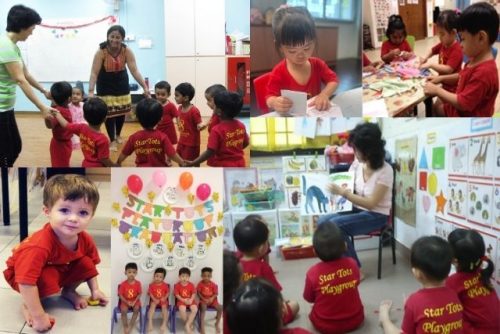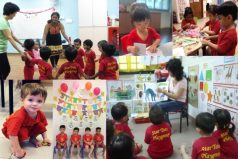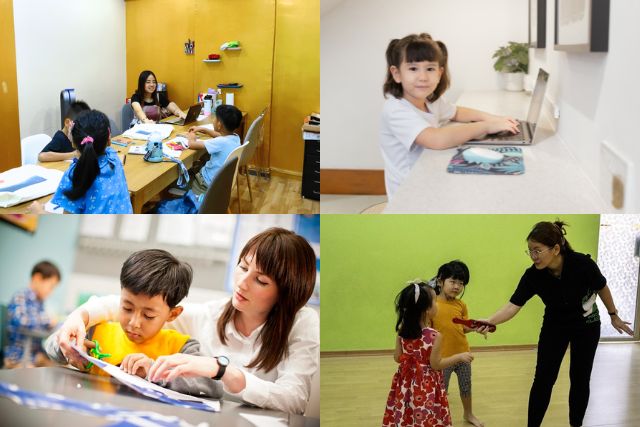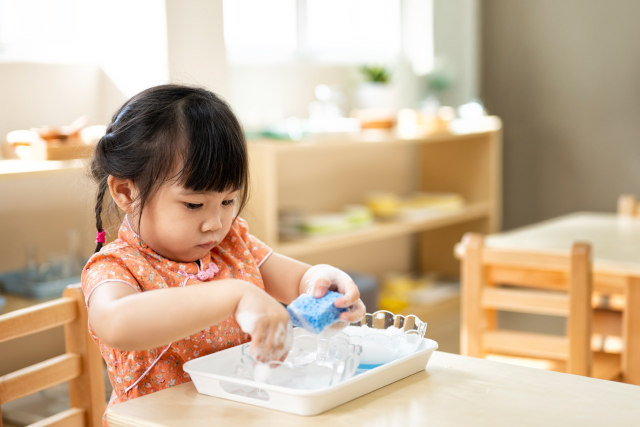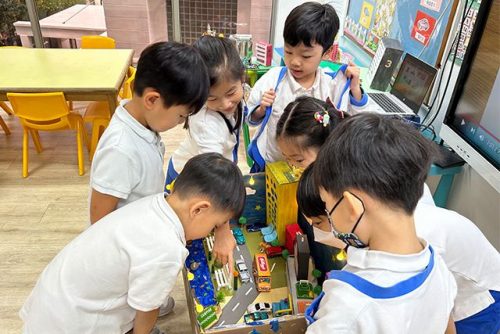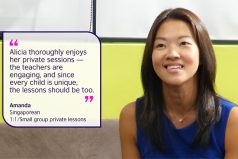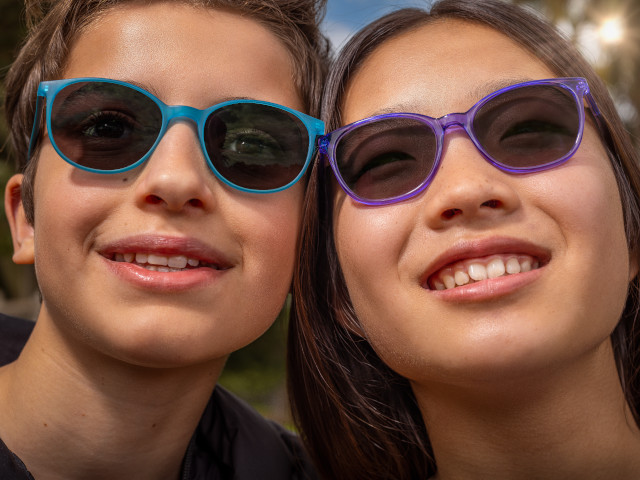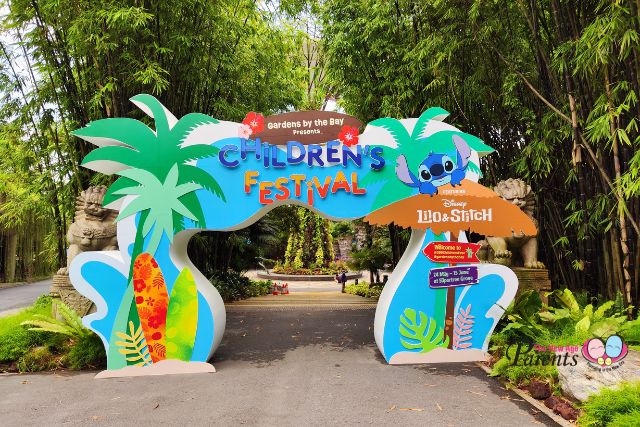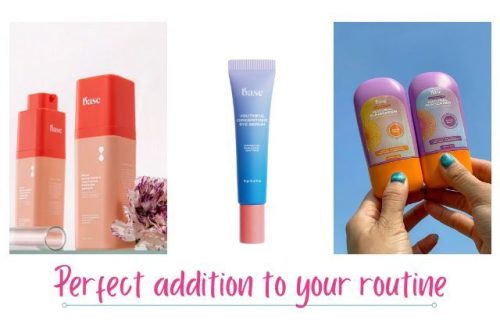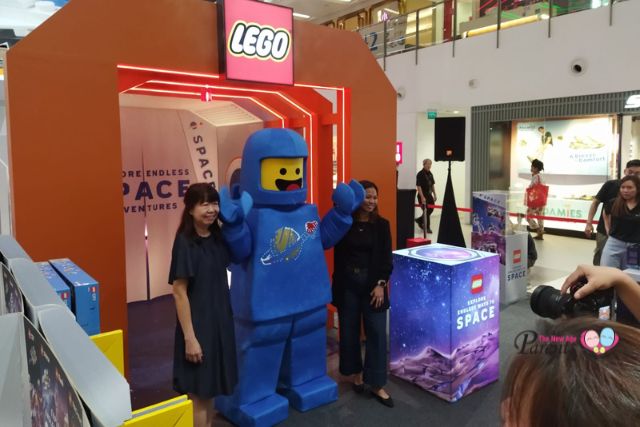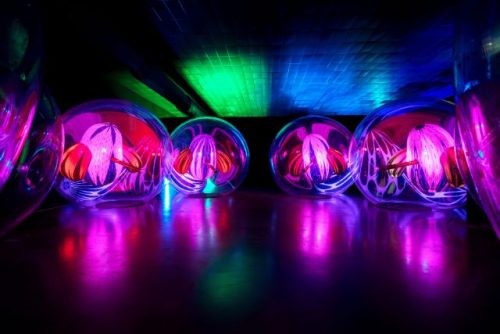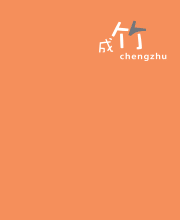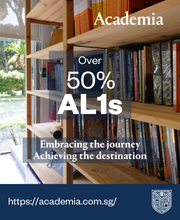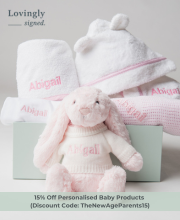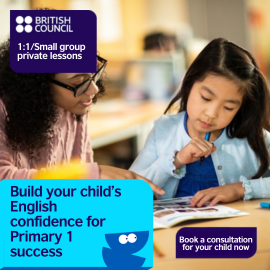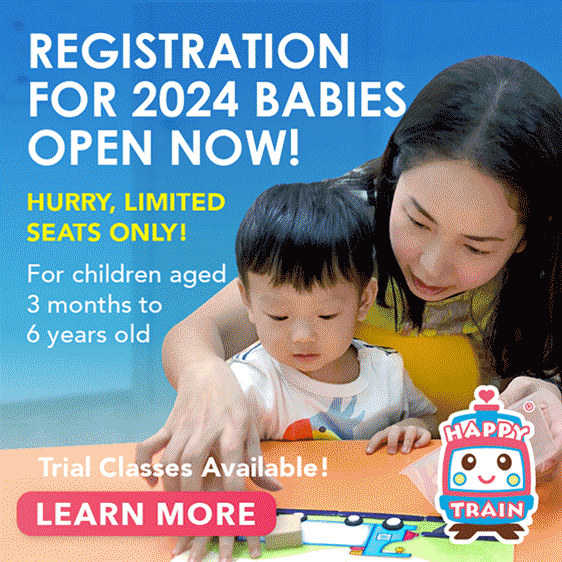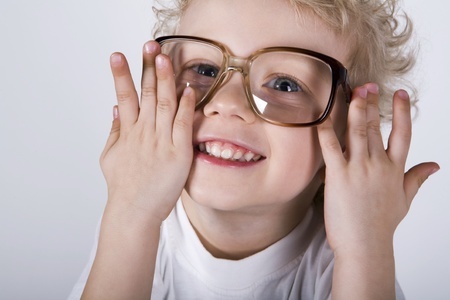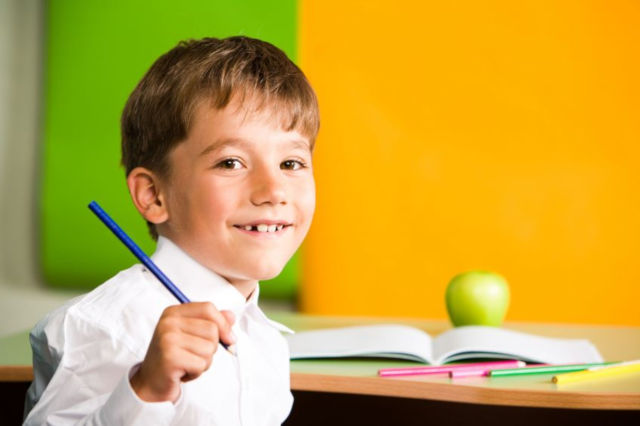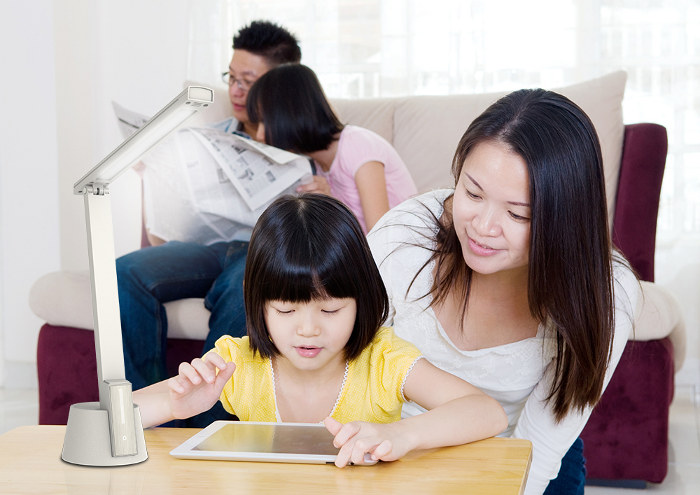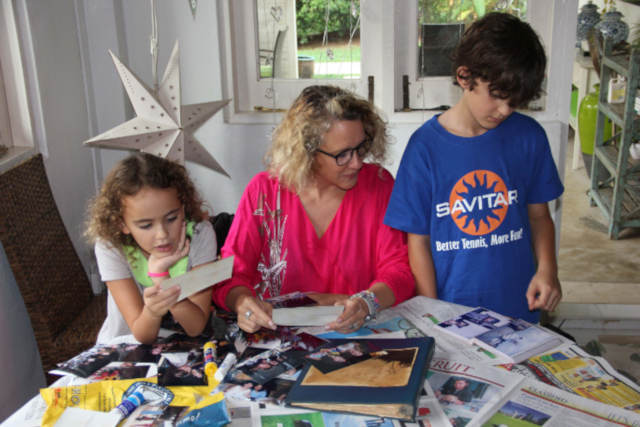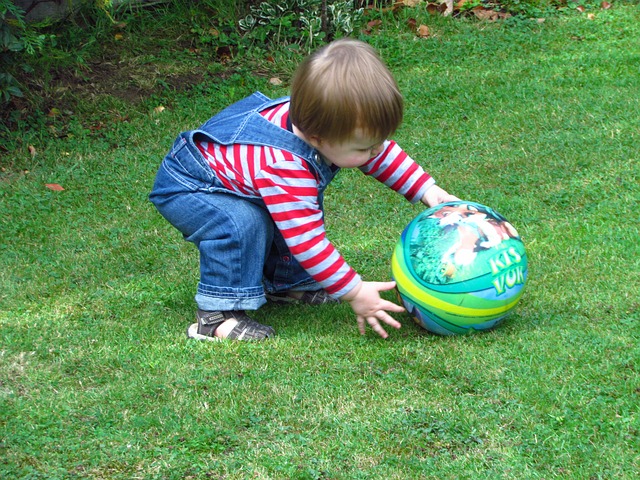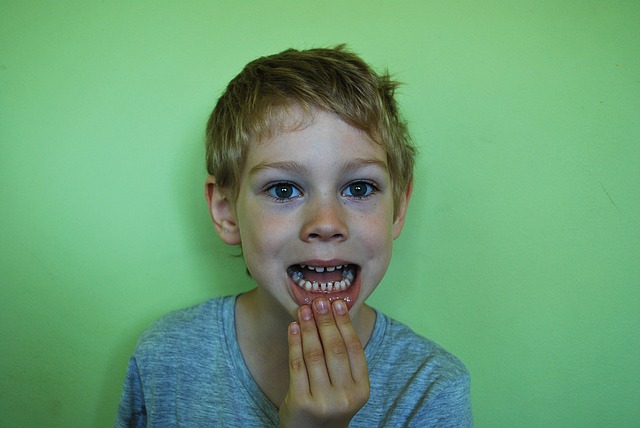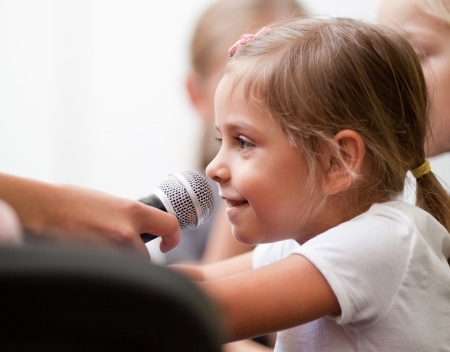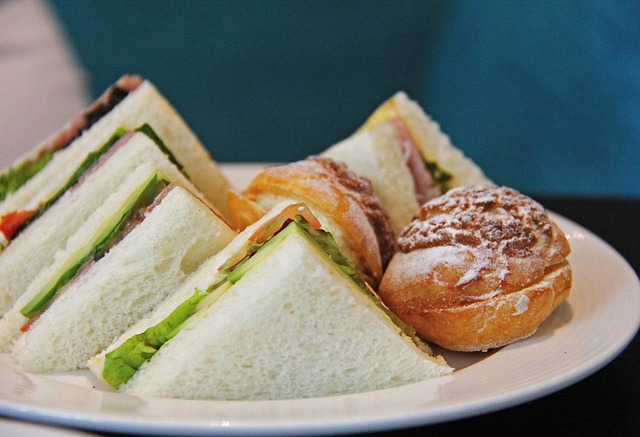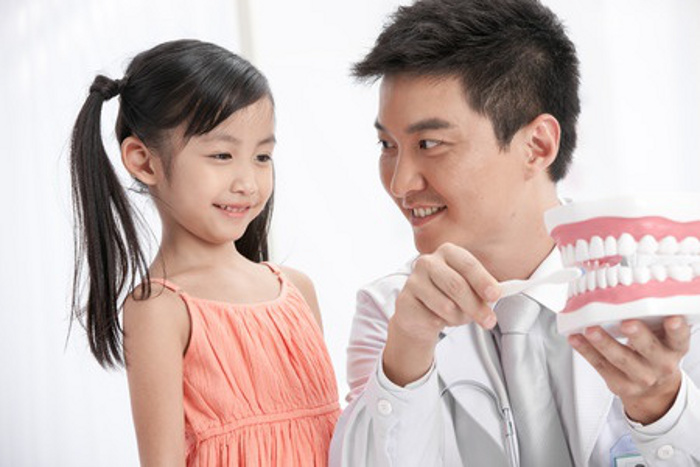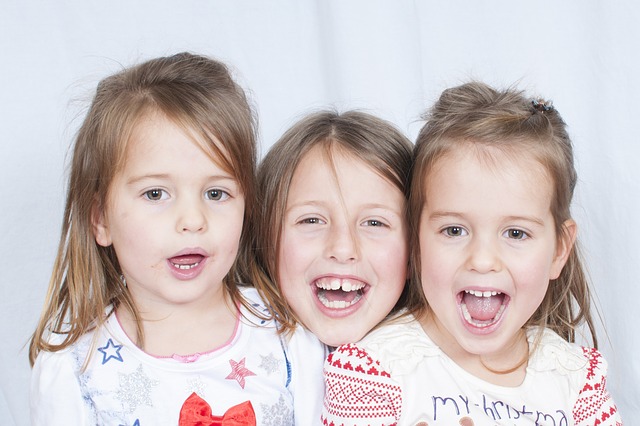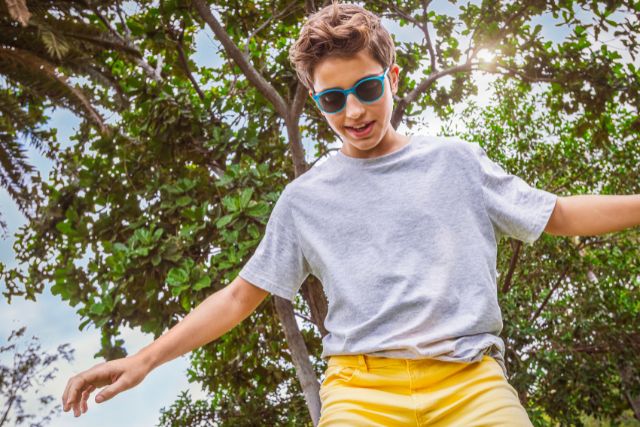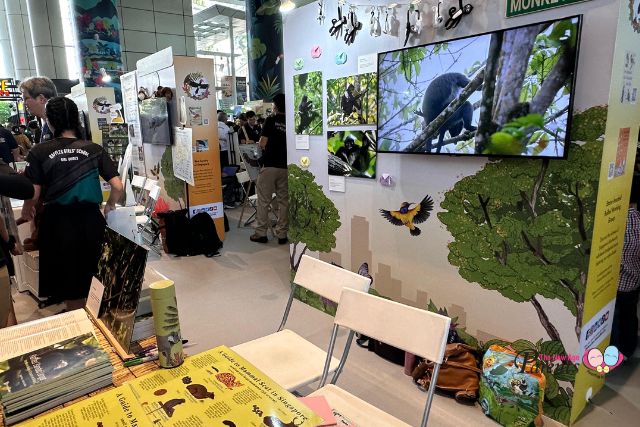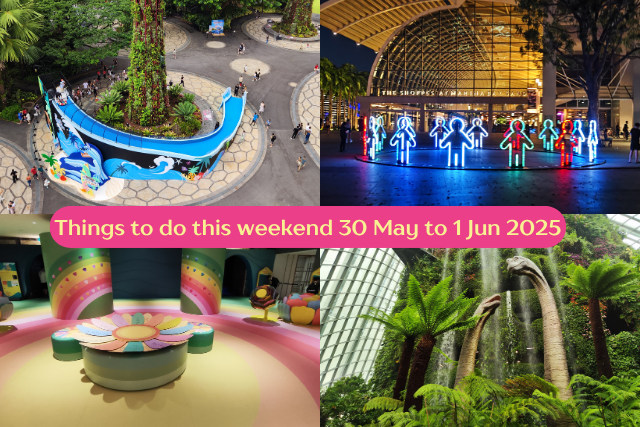Does my child have myopia? How common is it, and how can I arrest the problem?
These are some common concerns among parents in Singapore, particularly with the increasing rate of short-sightedness among children here. Research shows that a quarter of our children need eyeglasses by the age of seven, and 8 in 10 Singaporeans are myopic by the time they turn 18.
Many optometrists also report seeing younger patients, some as little as 4 years old. Therefore, it is important for parents to learn how to spot the early danger signs, particularly if you and your spouse have myopia.
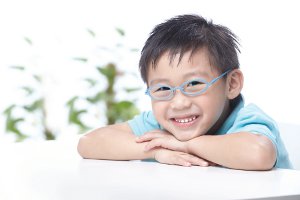
Young kids are often not aware of their vision problems, so if you see them squinting regularly or watching television at close range, you should take them to see a certified optometrist immediately. A child’s vision continues to change up to the age of 8.
If problems are not identified early, he or she may develop permanent eye disorders like ‘lazy eye‘ which may complicates matters.
Regular Eye Check Ups
Parents should also arrange for regular eye checks for their children and obtain new glasses whenever required, as accurate refractive error corrections for distance and near vision can help to manage myopia progression.
With the wide array of options available in the market, parents often find themselves spoiled for choice when it comes to choosing the right lens and frame. However, greater priority should be placed on getting the best lenses for their children during those critical years. Some lens manufacturers have produced innovative technology, which represent the latest in childhood myopia therapy.
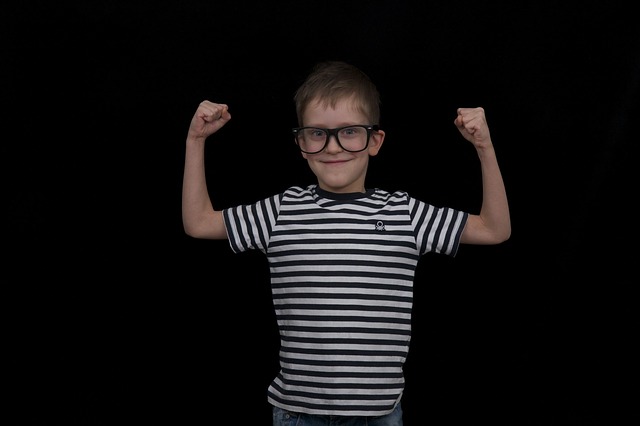
MyoVision™ by ZEISS, for example, was developed using Peripheral Vision Management Technology which can reportedly help control myopia progression in children. Research with 210 myopic Chinese children aged 6 to 16 at the Zhongshan Ophthalmic Centre in Guangzhou showed promising results in a sub-group of children aged between 6 and 12 years who had a history of parental myopia.
The research indicated a 30% reduction in myopia progression in these children. This data indicates that myopia progression can be reduced over time. While results may vary for each child, this lens is easily adaptable for use.
⇒ Related Read: Curb Your Child’s Myopia Progression with HOYA MiYOSMART Lens
Practicing good habits
Besides regular eye checks and getting their children fitted with the appropriate prescription lenses, parents need to take on the additional responsibility of educating their children on the importance of good eye practices. This will include teaching them the proper reading and writing postures, and advising them against engaging in near-work activities for a prolonged period of time. This means cutting down on computer games and taking rest breaks between periods of reading or writing. An active lifestyle, especially outdoor activities, should be encouraged as well.
This article was contributed by Dr Koh Liang Hwee, President of Singapore Optometric Association & Practising Optometrist Pearl’s Optical Co Pte Ltd.
* * * * *
Like what you see here? Get parenting tips and stories straight to your inbox! Join our mailing list here.
Want to be heard 👂 and seen 👀 by over 100,000 parents in Singapore? We can help! Leave your contact here and we’ll be in touch.





